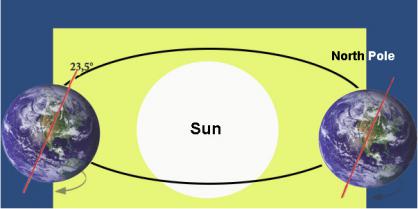Polar day - polar night
On the picture, you can see the earth turning around the sun with an inclination of 23.5°
towards the sun. Therefore, each of the earth's poles leans towards the sun for approximately half a year.
During that time, one pole receives more solar radiation, and for more than one month, the Sun never sets on this
pole during the whole 24 hours of the day. This is called polar day.
In the other half year, the pole has the
sun's back to it. During that time, the pole receives less radiation, and for more than one month, the sun never
rises on this pole during the whole 24 hours of the day. This is called polar night.
During the polar night,
the sky remains dark and the stars can be seen for 24 hours. Sometimes, special light effects called polar lights can be
seen.
Barentsburg is one of the most northern places of the world; there, the effect of polar day and polar
night can be nicely seen in the meteogram. The long day (yellow background) and night (white background) show
duration of day and night during June and December. This is typical for any place in the Arctic. Click on the sample
meteogram (right column, second item) to see how the weather is in the polar summer.
Barentsburg (Svalbard)
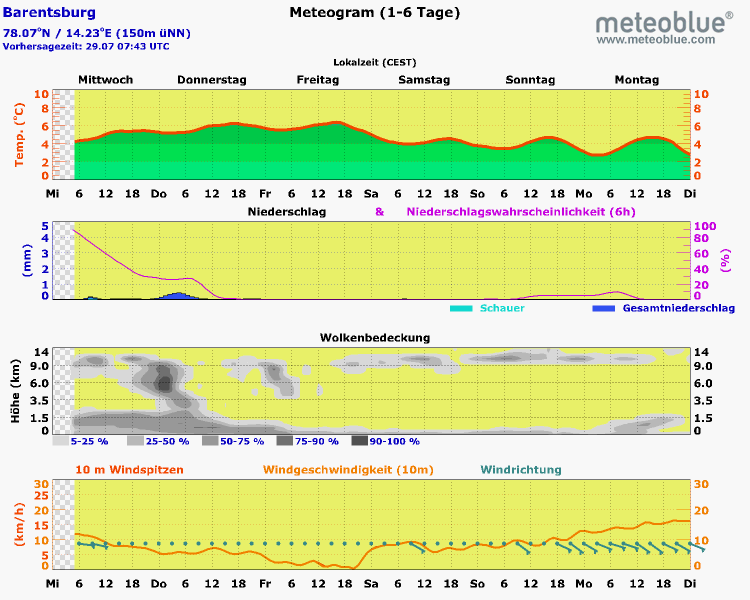

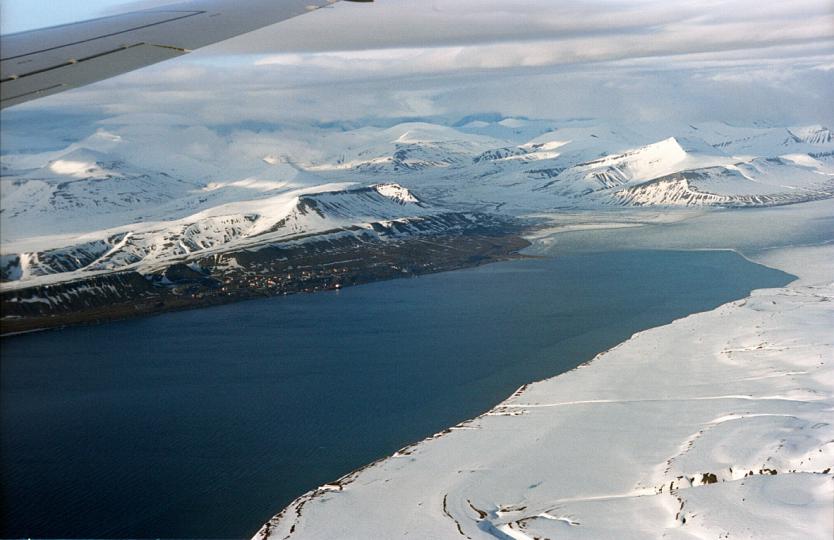
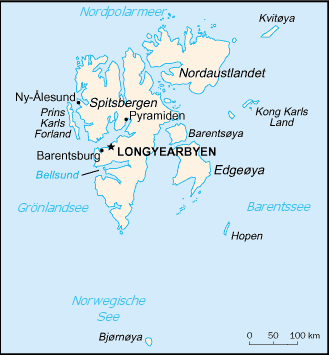
In 1932, a Russian polar station and miner's settlement on the islands group, called Svalbard, from Norway, was founded. Barentsburg is the biggest place on Svalbard after Longyearbyen. The inhabitants of Svalbard are mainly miners who work in the coal mining. Longyearbyen and Barentsburg are separated about 55 kilometres of each other. Ships and helicopters are the connecting pieces of the two places in summer. In winter, dog sledge and snow mobiles are used. Coal mining in Svalbard is becoming more and more unprofitable, so is Barentsburg. The numbers of inhabitants is decreasing. On the static meteogram there is just the polar day in Barentsburg, what is visible in the yellow background. On the live meteogram (right column, first item), you can see the typical weather forecast for the next 6 days.
Antarctica
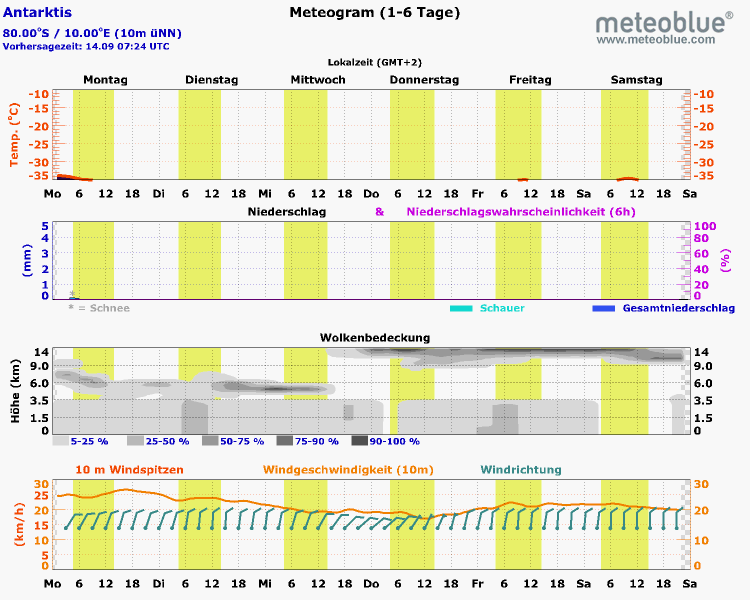
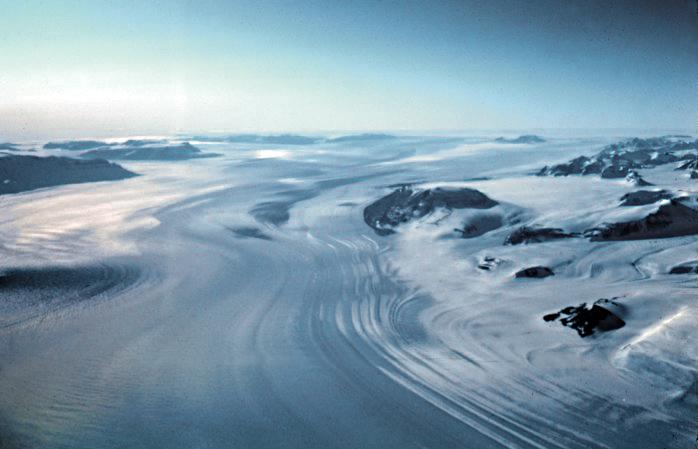
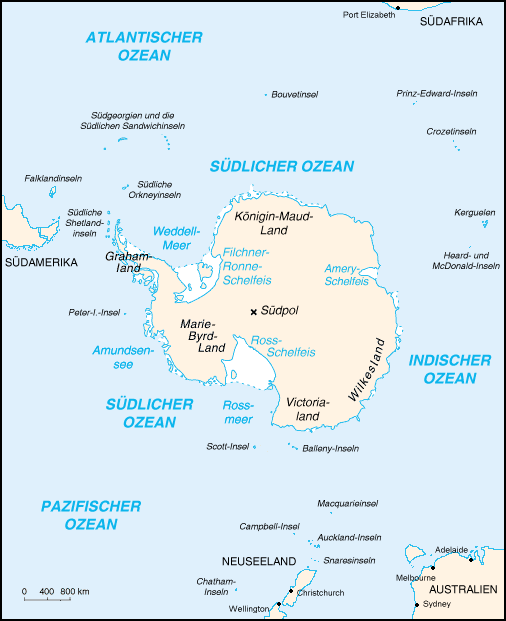
The annual average temperature lies with −55°C. The average monthly temperatures vary because
of the daylength. In the polar night, during the antarctic winter, the Sun does not shine at all. During the
antarctic summer, the Sun shines 24 hours a day. On the polar plateau, the temperatures reach between −40 and −68°C
and on the coast between approx. −18°C in June and some degrees above zero in the warmest month of January.
Antarctica is the coldest continent; the lowest temperature on the Earth was −89.2°C, measured on the
21st of July 1983 by the soviet Wostok station on the polar plateau, which is often also called central
plateau.
Antarctica is the continent with the highest average elevation. Coupled with a troposphere which is
only 8 km thick above the Pole, this causes lower temperatures. In addition, most of Antarctica (98%) is covered by
snow and ice, whose albedo reflects the biggest part of the irradiated solar energy. Further, extremely low air
temperatures make the Antarctic the driest desert on Earth. This causes an additional cooling effect, because steam
is the most effective greenhouse gas; low moisture leads to more radiation being emitted back into the
space.
Because of these temperature relations, there are only few Antarctic lakes and just one, even if only
temporary, river: the Onyx River.


